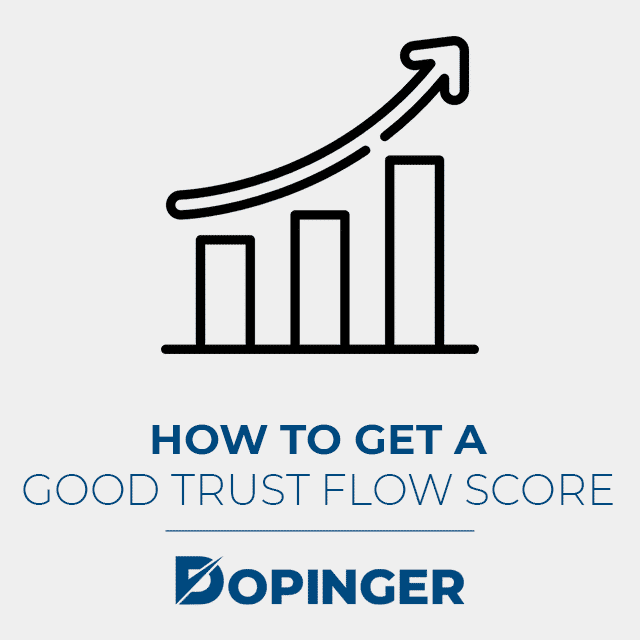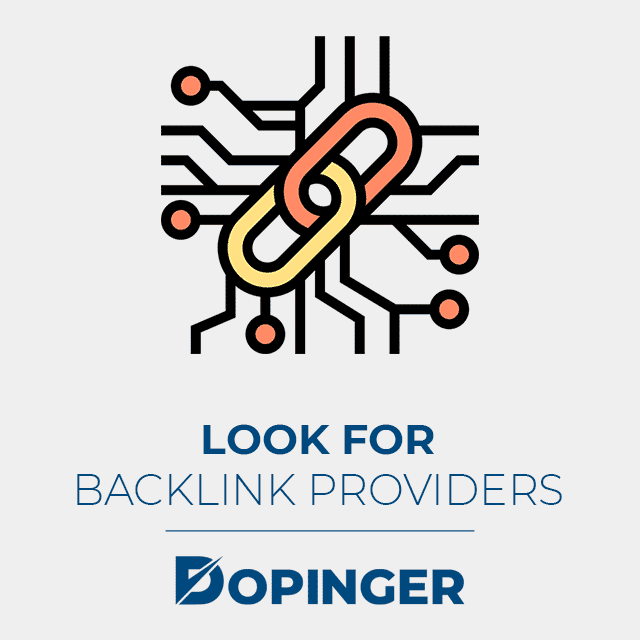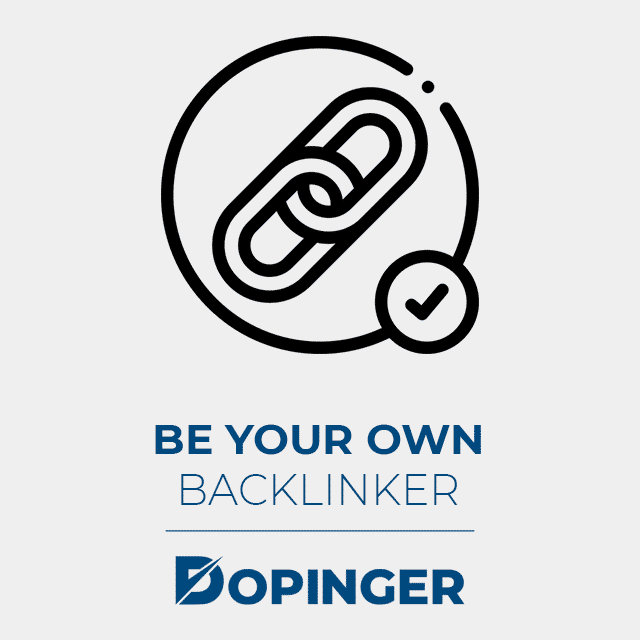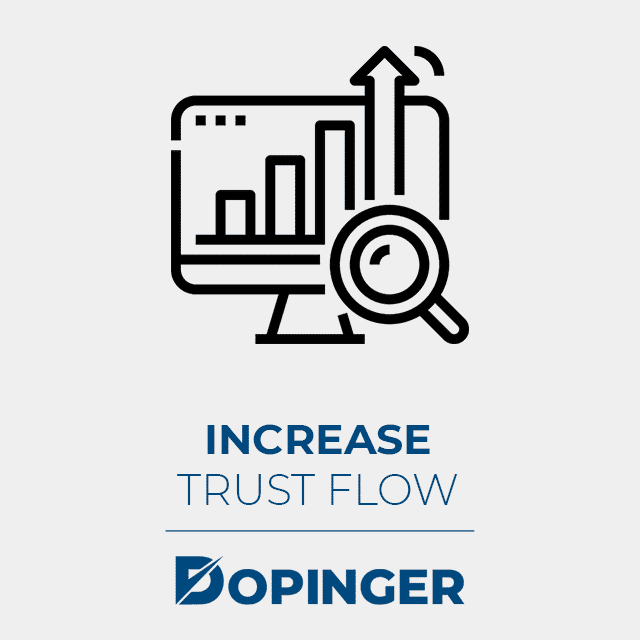Resistance is futile when it comes to certain things. Evaluation is one of them. Nowadays, we are all submitted to various kinds of ratings, one way or another. The same goes for the other way around: we approve or disapprove of other people by assigning them grades. This is all the more noticeable in the Internet context. Likes, illustrative emojis, percentages, and other finer metrics are all over the place. Let’s admit that there’s no other possibility in the current competitive era. Most of the time, scores are the only way to distinguish what is effective and/or reliable from what is not. Such is the case for what is called a good Trust Flow score, which we will investigate in this article.
What Is Trust Flow?
Trust Flow is a trademark of the SEO tool Majestic. Developed in 2012, it’s a metric that reflects the level of trustworthiness of a website. By level, we are mostly referring to the somewhat subjective perception of a certain web audience. That perception is displayed through a score between 0 to 100. Generally speaking, the score will depend on the quality of the backlinks related to the website which is being evaluated. In the next sections, we will try to find out the requirements for a good Trust Flow score.
What Trust Flow Is Not
Let’s make a distinction straight away before going any further. Trust Flow should not be confused with Citation Flow. The latter is another metric introduced again by Majestic and essentially focusing on the popularity of websites. And it seems almost redundant to say that popularity is not always a synonym of quality. Some ‘cheesy’ sites may be receiving a lot of backlinks, but this wouldn’t necessarily mean that they are reliable, right? On the other hand, Trust Flow is, above all, based on quality standards. So let’s keep in mind this primary difference between the two Flow scores. Sometimes they are compared within a ratio, but that’s another story that we will skip for now.

How to Get a Good Trust Flow Score
First of all, one has to know how a good trust score is expressed in numbers. Well, let’s just say: the higher, the better. So you should aim for at least 50 and try to get as close as possible to 100. You can visualize your score by using a Trust Flow checker. SEO Metrics Checker is one of the sites offering that tool, usually for free (depending on the features you choose). It provides data directly from the Majestic server.
Now that we know the final destination let’s see the way(s) that can lead us there.

Look for Backlink Providers
Backlinks are the foundation of a Trust Flow score, remember? The thing is that they usually don’t pop up all of a sudden out of thin air. You have to get them from somewhere or someone. This means that you have to reach out to potential backlink providers. Ok, it may seem like looking for a needle in the middle of a giant jungle, but it’s worth the effort.
Start by making a list of authoritative people and companies preferably related to your niche in some way. Use all the available resources: social media channels, websites, external reviews, etc. Try to gather a maximum of information. One of the crucial aspects here is to find the references of those authoritative figures. Where do their backlinks come from? Are they considered reliable by the other major figures of the same or similar sectors? Refine your research by using SEO tools: for example, keyword engines can give you an idea about the ranking of your target contacts. And, of course, look for those who have a good Trust Flow score. You can find out by using dedicated checkers, as the one mentioned previously in our article.
Building Backlinks
Once you have selected the most suitable targets, it’s time to contact them and ask for backlinks. We don’t need to write a detailed diplomacy guide here. A few important points should be emphasized nevertheless:
- Take some time to build a cordial relationship (through social media, etc.) before asking for any favor.
- Show some genuine interest in their activities instead of talking only about yours.
- Become aware of their needs and propose only high-quality links that are likely to satisfy those needs.
- Aim at building better links than those they are already involved with.
- Always keep your links up-to-date and clean up those that may be broken, outdated, etc.
- Try to build loyalty and long-term partnership, or simply put, try to get backlinks always from the same providers.

Be Your Own Backlinker
Yes, sometimes you simply have to take the bull by the horns on your own. Linking internally is another way to boost your domain Trust Flow, not to mention the benefits for your overall SEO. What we mean here is that you can redirect visitors to your own links. Let’s suppose that you have written an article or blog within your website. All you have to do is to include links to your other pages already available in the same domain. So, for example, you can put links to your other blog posts. Go for at least 4-5 internal backlinks per blog post.
Apart from increasing your chances to get a good Trust Flow score, this technique makes things easier also for your visitors. They become able to switch from one of your pages to another much more quickly. Check out our How to Get Quality Backlinks article to find out more information.

Increase Trust Flow with a Clean Closet
No, this isn’t poetry: you really need to keep your website as clean as possible. We are usually more preoccupied with immediate gains and success, constantly postponing maintenance tasks. Some of you may be thinking that such tasks have nothing to do with a good Trust Flow score. Actually, they do have an indirect influence. Plus, for those who already have a good score, cleaning activities contribute to keeping the score at the same satisfying level.
To audit and clean up your website, you have several tools at your disposal: Majestic, Monitor Backlinks, or Moz are just a few examples. Such tools allow you to conduct a quick and automated audit for all your pages and associated links. You can thus easily spot and disavow bad links, which means that you will keep only benefic links on your site. Moreover, those audit tools come with a bunch of other useful functionalities. They can allow you to follow your competitors’ rankings, your other SEO metrics, and much more.
Concluding Trust Flow Score
Actually, there isn’t anything to conclude yet. As a matter of fact, metrics such as Trust Flow become more and more important as time goes by. Nowadays, creating a buzz is not the biggest deal anymore. Online entrepreneurs and especially those involved in SEO, care much more about having a good Trust Flow score. As you could see in this article, the major part of score building consists of following an effective backlink strategy. So we strongly suggest you create a positive online relational environment and be meticulous with any link related to your domain.
Frequently Asked Questions About
Trust to Citation Flow ratio reflects the interrelation of the two metrics. Its purpose is to give an idea about the global reliability of a site. Simply put, the more trustworthy a site is, the higher is the ratio. So one should aim at not having a Trust Flow inferior to the Citation Flow. Good ratios start from 0.5. A ratio equal to 1 is considered to be the best.
Not necessarily. Even Majestic itself has claimed to be in this kind of situation. Sometimes, the popularity of a site may increase its Citation Flow in a quite uncontrollable way. This does not always mean that the Trust Flow is bad, though.
If we take Majestic as an example one more time, we can see that this company updates the metrics on every index update.
Not really. Even though they are closely related, each one has its own evaluation criteria.
Follow links are those that allow authority sharing. So when site A links to site B, the former accepts to share some of its authority with the latter. No follow links are the opposite, meaning that A would keep its authority to itself and thus not share it with B.





No comments to show.